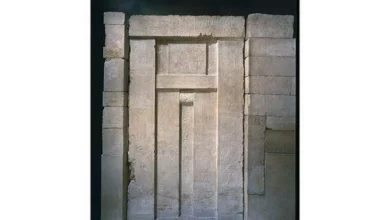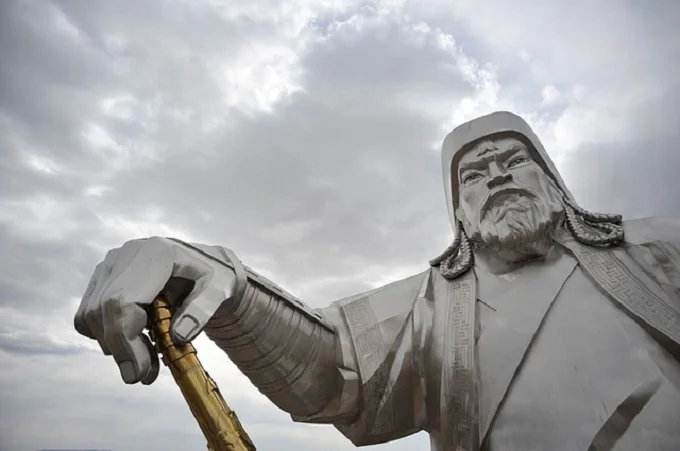Prohibition of dying: 5 places you shouldn’t die
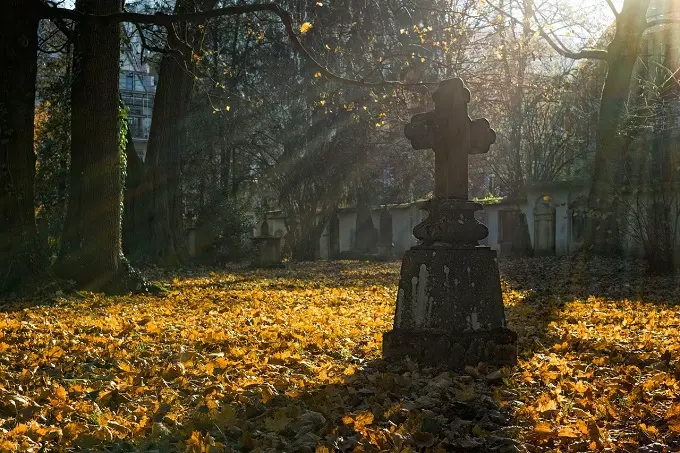
Man, as we know, is mortal, but worse than that, he sometimes dies suddenly. However, there are places in the world where people should not die for some reason, and it is not about abolishing the laws of nature. We tell you about several “immortality zones” around the world.
The prohibition of death is a political, social, and cultural phenomenon and taboo in which a law is established saying that it is unlawful to die, often, especially in a given political division or a certain building. This rule prohibits dying because it is seen to be immoral.
5 places you shouldn’t die
1. Itsukushima
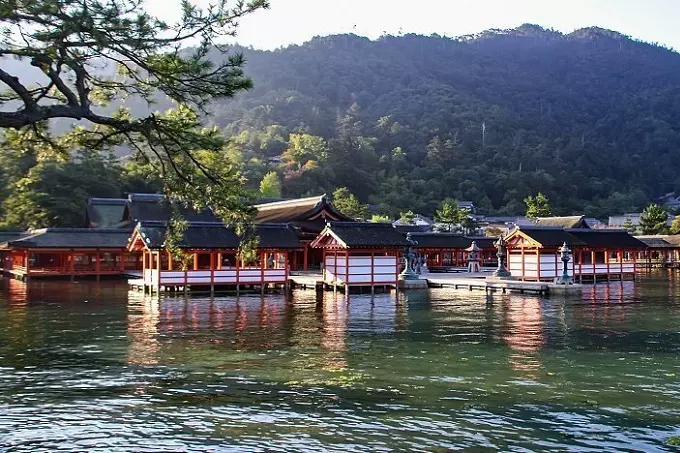
The first information about the prohibition on dying dates back to the 5th century BC, at that time, it was in force on the Greek island of Delos. Deaths and births on Delos were outlawed for religious reasons because the island was considered sacred. For the same reason, people were forbidden to die on the Japanese island of Itsukushima, aka Miyajima.
Itsukushima is one of the sacred sites of Shintoism, the traditional religion of Japan. The shrine after which the island is named was founded about 1,400 years ago, and for a long time, only priests and priestesses could live on the island.
This restriction was later relaxed, allowing pilgrims to settle on the island. But the settlers had to observe a number of restrictions. In particular, there was a ban on deaths and births on Itsukushima-the dying or pregnant women had to leave the island, and the sick were also sent to neighboring islands for treatment.
Even today, there are no cemeteries or hospitals in Itsukushima, and it is still forbidden to bury people there.
2. Sellia
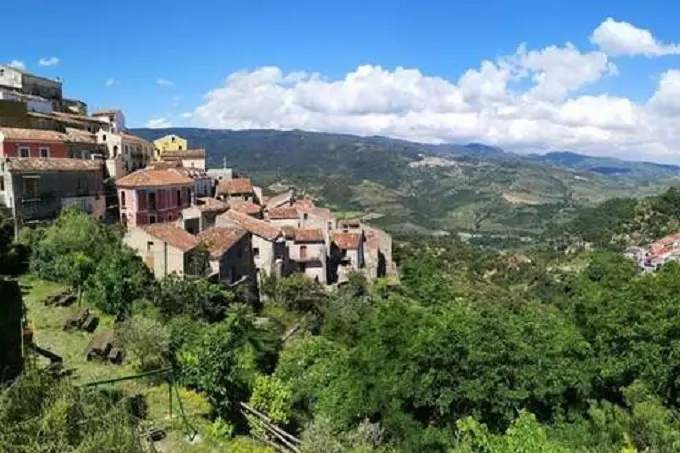
This medieval town in the Italian region of Calabria is slowly dying out: since the 1960s, the number of local residents has dropped from 1,700 to just over 500, with most of the population over 65 years old. In 2015, the mayor of Sellia found an original way to combat depopulation – he banned locals from getting sick and dying.
The mayor’s decree, however, is not as absurd as it seems at first glance. Those who die in Sellia are not imprisoned and punished, but those who lead healthy lives can count on preferences.
As part of the campaign against death, a health center was opened for the townspeople. In addition, residents who take care of their health and attend annual health checks receive tax benefits.
3. Spitsbergen

On a Norwegian archipelago covered in snow, ice, and polar bears in the Arctic Ocean, it’s not hard to die, but you shouldn’t do it.
Permafrost, which fetters the islands of the archipelago, does not allow the bodies to decompose – they rather mummify, and over time they rise to the surface, where they become not only food for animals, but also a breeding ground for dangerous diseases: viruses continue to live in the bodies of the dead and pose a threat to the living. Therefore, burial is prohibited on Spitsbergen. The exception is cremation, available to permanent residents of the archipelago.
Elderly people from Spitsbergen are often sent to the mainland, and the bodies of those who were not lucky enough to die on the archipelago are also taken out. Moreover, pregnant women also leave the islands: the local hospitals do not meet the requirements for childbirth, so about three weeks before the birth of a child, women leave for Norway.
4. Lagardelle
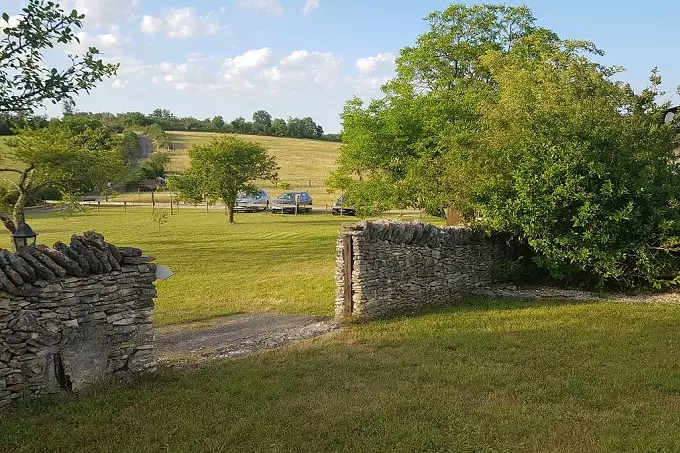
One December Sunday in 2019, a man died in the French town of Lagardelle, but no one could record his death: no doctor was available to go on the call. Then the mayor, Isabelle Dugulet, took matters into her own hands and issued a municipal ordinance prohibiting deaths on weekends and holidays due to a shortage of doctors.
The mayor called her decision an absurd response to an absurd situation and stressed that the ban made no sense since the authorities could not fine the deceased.
The purpose of this decision was to draw the attention of the French authorities to the problems of medical care in rural areas. Because of the retirement of elderly doctors and the shortage of young professionals, people often have to turn to doctors from neighboring municipalities, who face an unprecedented workload.
5. Falciano del Massico
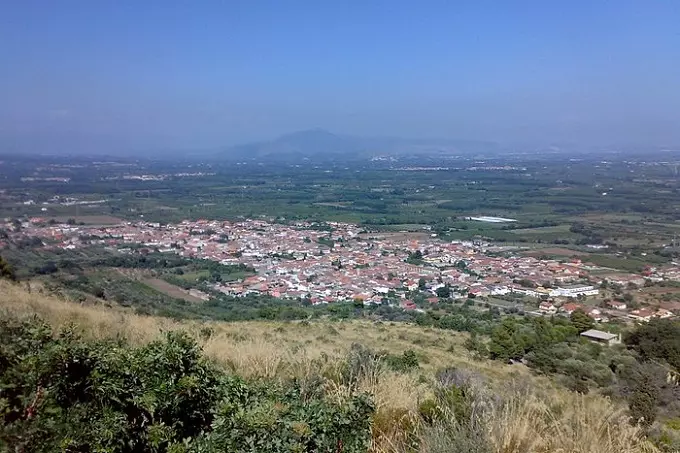
The authorities of this Italian municipality introduced a ban on death in 2012 because of an overcrowded cemetery. The relevant decree of the mayor states that residents and visitors of Falciano del Massico are forbidden “to cross the border of earthly life to go to the afterlife,” at least until the issue of burial sites is resolved.
The decision of the head of the settlement, in this case, was also more of a provocation to the federal authorities. People who violate the ban are not punished in any way, but their relatives are forced to seek places in the cemeteries of neighboring towns.
Falciano del Massico is not the first place where a “ban on death” has been imposed because of the occupancy of burial grounds: similar decisions for the same reason were taken at different times by the authorities of the Spanish municipalities of Lanjarón and Darro, of the French Cugno and Sarpurnes and of the Brazilian Biriteba-Mirin.


